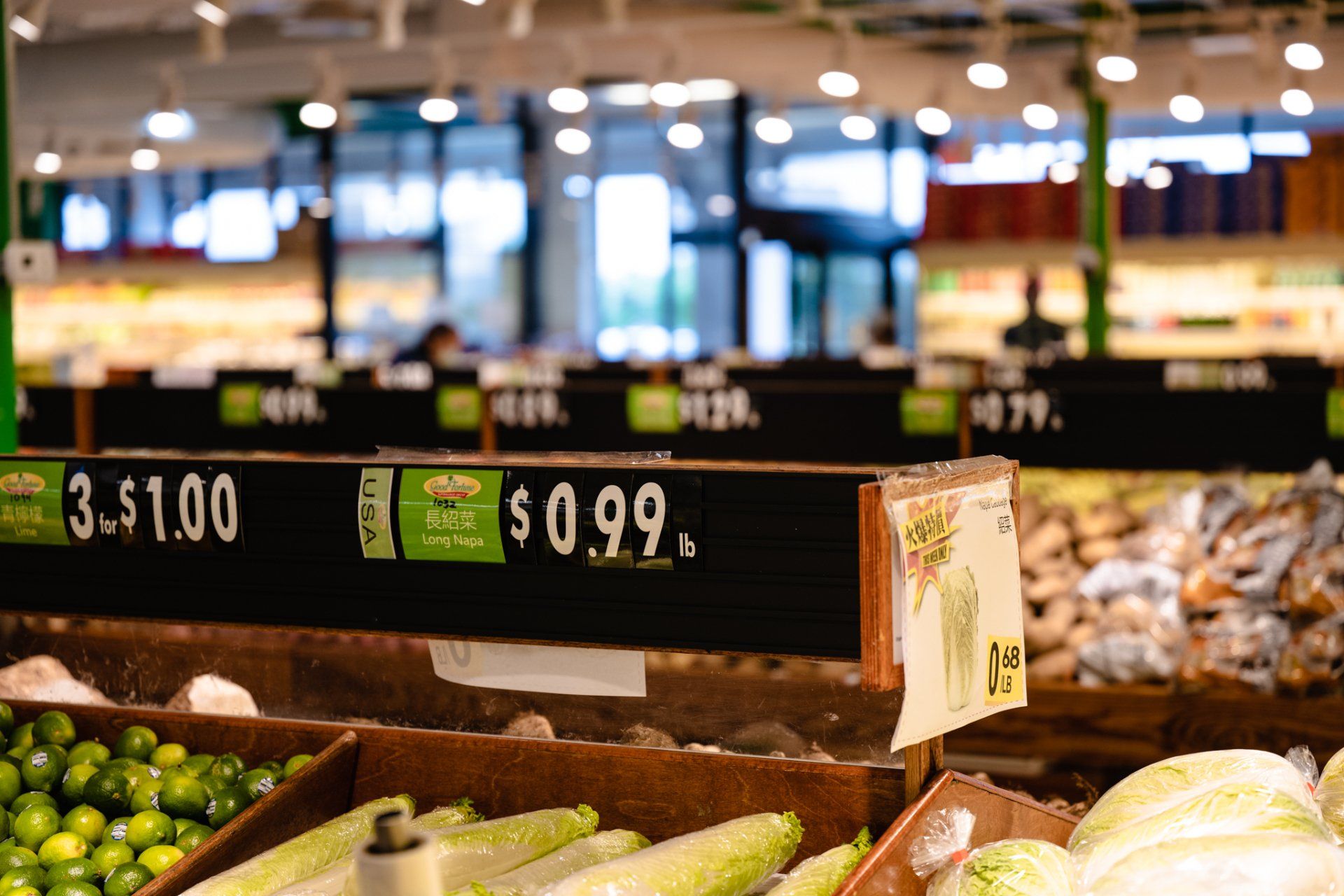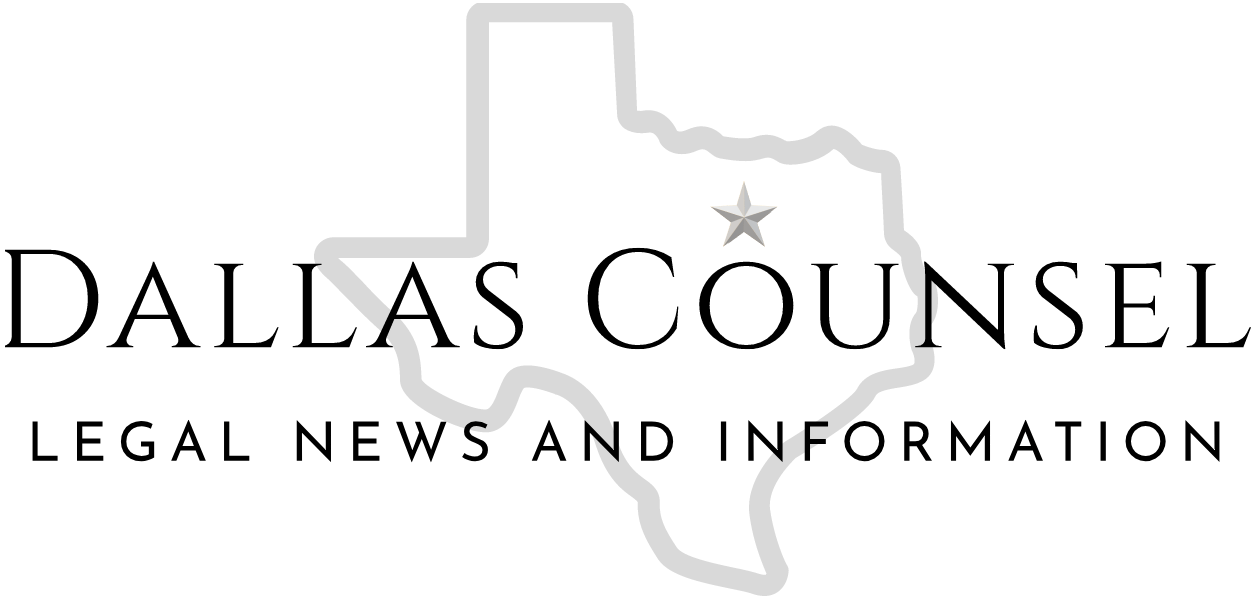THE INTERNET OF THINGS & THE ADVENT OF SMART AGRICULTURE

GROWTH AND COMPONENTS OF SMART AGRICULTURE
A recent report projects the smart agriculture market will grow at a CAGR of 15.2% over the next 6 years to reach $32.75 billion by 2027. This growth is expected to mostly be driven by an influx and implementation of new technologies, including soil scanning, automatic watering, and temperature sensors. However, potential hindrances may include data privacy and security, lack of technically skilled growers, and the lack of standardization in the smart agriculture industry.
Smart agriculture can be segmented into component (hardware and software), application (smart greenhouses and irrigation), and geography. This past year, the component segment commanded the largest share of smart agriculture thanks to a growing demand for automating agricultural processes and expansive innovation offered by start-ups.
One example of smart agriculture embraced by growers across the spectrum is hydroponics, wherein plants are grown in a nutrient solution rather than soil. Some key components in hydroponic plant support systems include HVAC systems, LED grow lights, communication technology, tanks, and various control systems.
With hydroponics, growers can maintain optimal nutrient levels in the liquid solution for more efficient crop growth. Some of the key nutrients include nitrogen, potassium, sulphur, calcium, phosphorous, and magnesium, all fed to crops hydroponically or aeroponically in mutual ratios of anions and cations. These nutrient concentrations are often crop-specific, including leaf lettuce, tomatoes, and peppers.
The two largest shareholders in the above hydroponics market are LED grow lights and HVAC systems, with LED grow lights projected to be the fastest growing segment in the hydroponic systems market. LED lights are optimized to ensure maximal plant absorption through photosynthetic active radiation measurement of the usable amount of light (photons) delivered to different plants. Using these measurements, LED lights are designed to emit optimal wavelengths of light and omit wavelengths that will not be absorbed by plants. This balance of wavelength emission is often the reason one sees a purple-ish light in hydroponic farms and why greenhouses include green glass framing.
WHAT WE CAN EXPECT FROM SMART AGIRCULTURE
Hydroponics offers numerous benefits including higher yields, less water consumption, a decrease in the average area needed per plant over conventional soil growth, and the elimination of need for herbicides and pesticides. On the flip side, growers might also face increased initial investments over traditional farming, higher energy costs, and the need for more technical skills.
All that being said, the hydroponics market is projected to reach $17.9 billion by 2026, largely fueled by the increased demand for cannabis, itself expected to grow with a CAGR of 22.4% between 2018 and 2025.
Increased interest in smart agriculture and hydroponics is attracting a broad array of investors, both international and domestic. While China and foreign companies currently lead the pack, domestic US corporations are beginning to follow suit. Some of the well-known international investors are Panasonic, LG Electronics and Ikea, while here in the US companies like Goldman Sachs, Microsoft, and Target are backing smart agriculture ventures and expressing further interest in the “future of farming.”
INTELECTUAL PROPERTY AND SMART AGIRCULTURE
With a rise in new technology often comes an inevitable patent frenzy. Asian countries dominate the top ten filing jurisdictions for farming and gardening solutions, with the US settling in at the fourth largest filing jurisdiction. Some suggest the US is lagging in its patent filings relative to its Asian counterparts due to regional technology firm investment and a higher driven innovation for smart agriculture in regions with less water resources and higher populations.
Unfortunately, technological growth brings both beneficial competition and inevitable disputes. On April 8, 2021, the ITC issued a Notice of Investigation in Certain LED Landscape Lighting Devices and Components Thereof (Inv. No. 337-TA-1261). The investigation stemmed from Wangs Alliance Corporation’s d/b/a WAC Lighting of Port Washington, New York (“WAC”) March 8, 2021 complaint against numerous respondents for the unlawful importation and/or sale in the US of certain LED landscaping lighting devices and components that infringe one or more claims of U.S. Patent Nos. 10,571,101 and 10,920,971.
